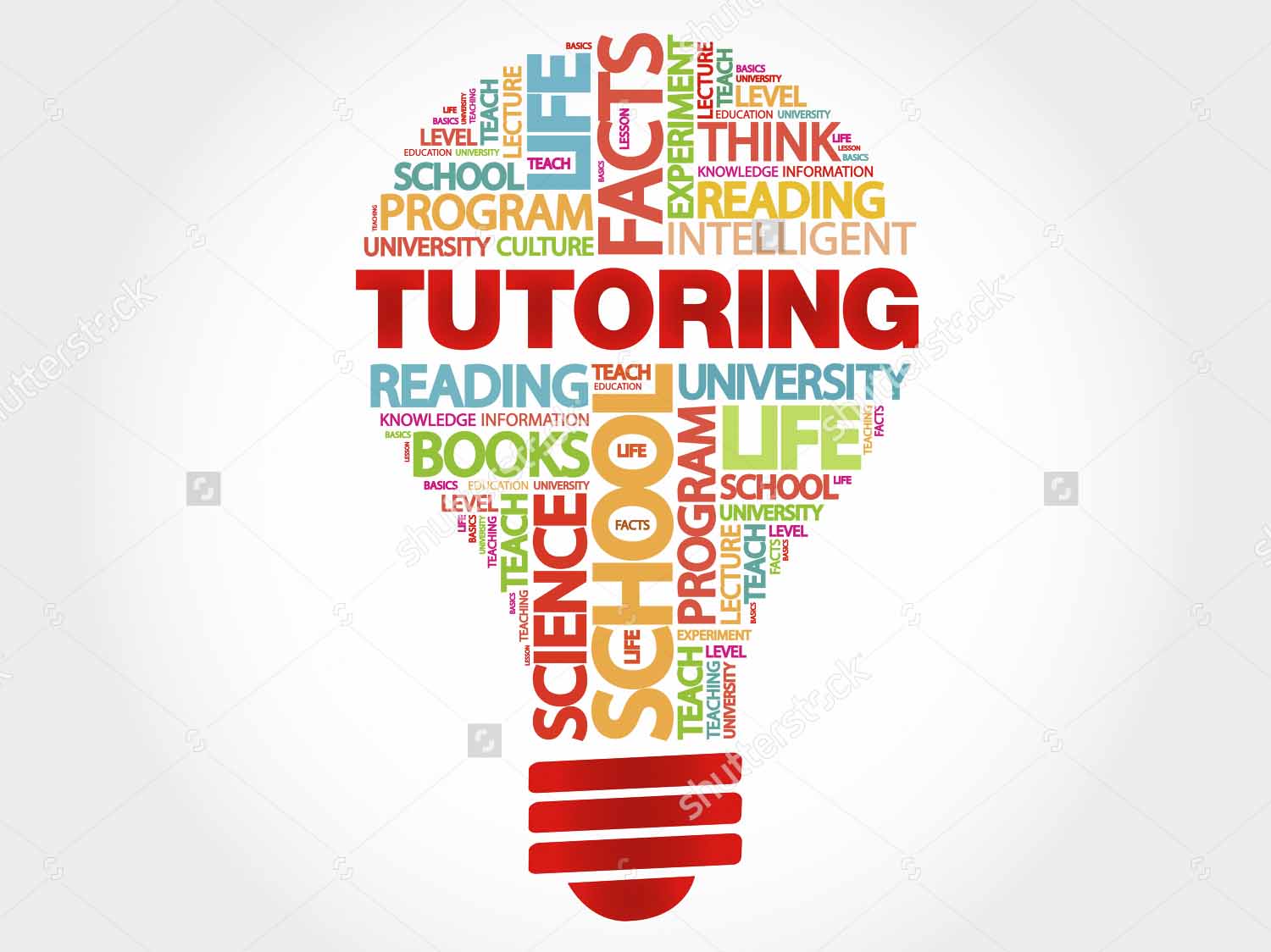The Importance of Learning Styles
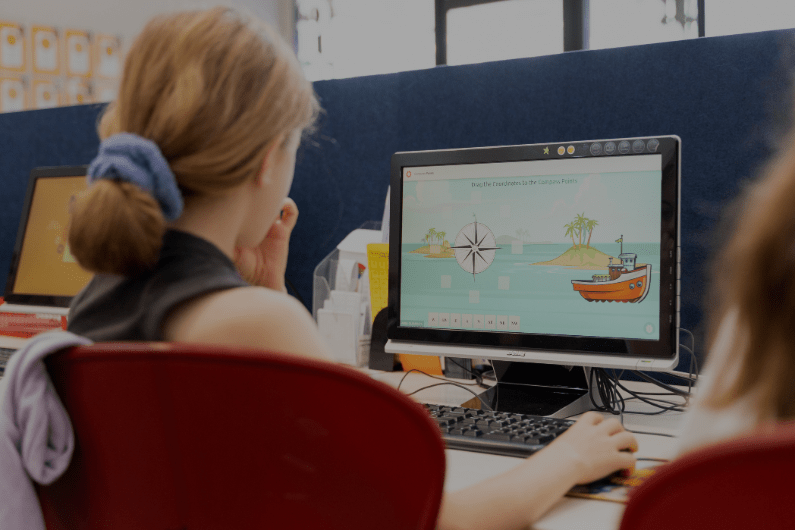
Education serves as a transformative journey, moulding young minds and sculpting future destinies. Within our diverse world, the uniqueness of every child is paramount, emphasising the need to embrace the truth that a universal, one-size-fits-all approach to learning is inadequate.
Each child brings distinct strengths, preferences, and methods of absorbing knowledge to the educational table. Recognising and accommodating these differences through the lens of learning styles holds the power to revolutionise our educational paradigms. By understanding and embracing these varied approaches, we can revolutionise the educational landscape, ensuring that no child is left behind.
In the following blog post, we will delve deep into the significance of learning styles, illuminating the transformative potential they hold. We will explore how customising education to align with individual preferences is not just beneficial but essential in fostering truly effective and inclusive learning experiences for all learners.
At NumberWorks’nWords our tuition is tailored to each child’s specific learning needs. Check out our eBook to learn more about how we help your child improve academically and build confidence through our in-centre after-school tuition.
Recognising Your Child’s Learning Style
Individuals rarely adhere exclusively to a single learning style; many are comfortable switching between multiple styles. This adaptability extends to children, whose preferred learning styles often evolve as they grow. Hence, educators and parents must stay flexible, acknowledging the dynamic nature of these preferences. It is essential to continuously explore different approaches, ensuring that the diverse needs of learners are met effectively.
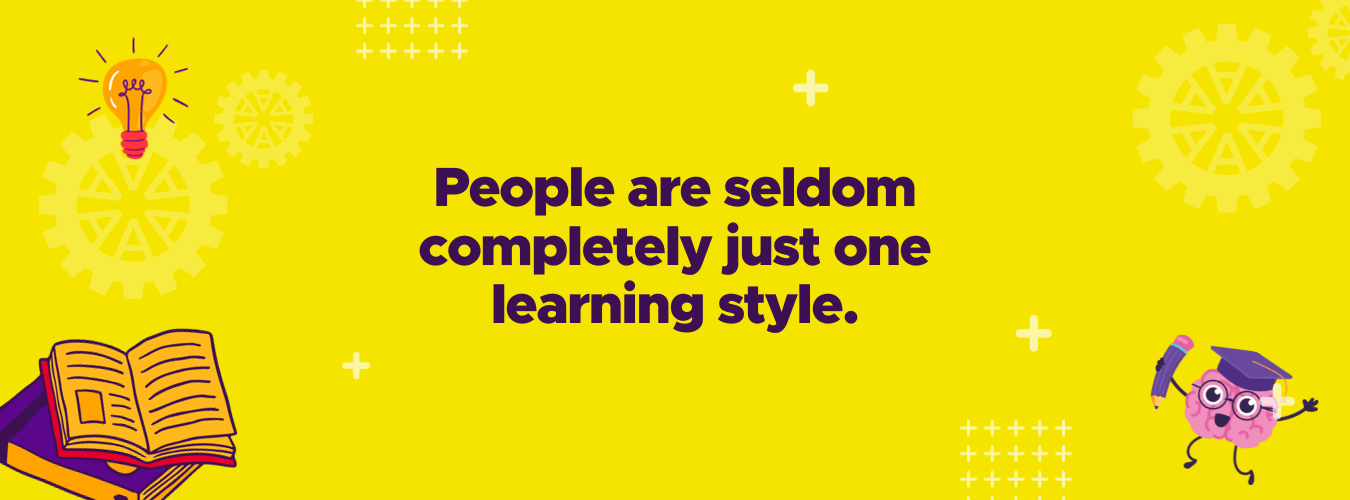
1. Visual Learners
Visual learners excel in absorbing information through visual aids like diagrams, charts, maps, and videos. They possess a remarkable capacity to grasp intricate concepts when presented graphically. Colourful illustrations, mind maps, and infographics are invaluable tools for these learners, enabling them to visualise abstract ideas and comprehend complex relationships within a subject.
2. Auditory Learners
Auditory learners depend on listening and speaking as their main learning channels, thriving in environments where lectures, discussions, podcasts, and audiobooks play a significant role. With a heightened sensitivity to sound, they comprehend information effectively through verbal communication. Engaging in lively discussions, debates, and oral presentations not only stimulates their intellectual curiosity but also deepens their understanding of diverse subjects.
3. Tactile/Kinesthetic Learners
Tactile or kinesthetic learners thrive on hands-on experiences, absorbing information through physical engagement and movement. Their learning process involves touching, feeling, and doing, making them excel in activities requiring manipulation and interaction with the physical world, such as experiments, role-playing, and interactive simulations. Involving their sense of touch and movement enhances their grasp of concepts and promotes active participation in the learning process.
4. Reading/Writing Learners
Learners with a reading/writing preference favour written words as their primary mode of understanding. They thrive when engaged in reading and writing activities like textbooks, articles, essays, and note-taking. These individuals possess a natural affinity for written language, allowing them to express their thoughts clearly through writing. Writing assignments, reading tasks, and journaling prove highly effective in facilitating their learning journey and encouraging critical thinking skills.
5. Social Learners
Individuals inclined toward social learning flourish in group settings and collaborative environments. Their optimal learning experience occurs through interactions with peers, involving engaging discussions, group projects, and cooperative learning activities. These learners excel in deciphering social cues, showcasing their adeptness as team players. Engaging in collaborative projects and interactive group discussions offers them a valuable platform to exchange ideas, glean knowledge from others, and hone their interpersonal skills.
The Fluidity of Learning Styles in Children
Children naturally adapt and evolve as they mature. Their learning styles, initially fixed, frequently undergo changes influenced by factors like age, experiences, and surroundings.
A preference for visual learning during their early years might effortlessly transition to a verbal inclination during adolescence. Acknowledging this fluidity is crucial. Parents should stay aware of these shifts, enabling them to modify their teaching approaches accordingly.
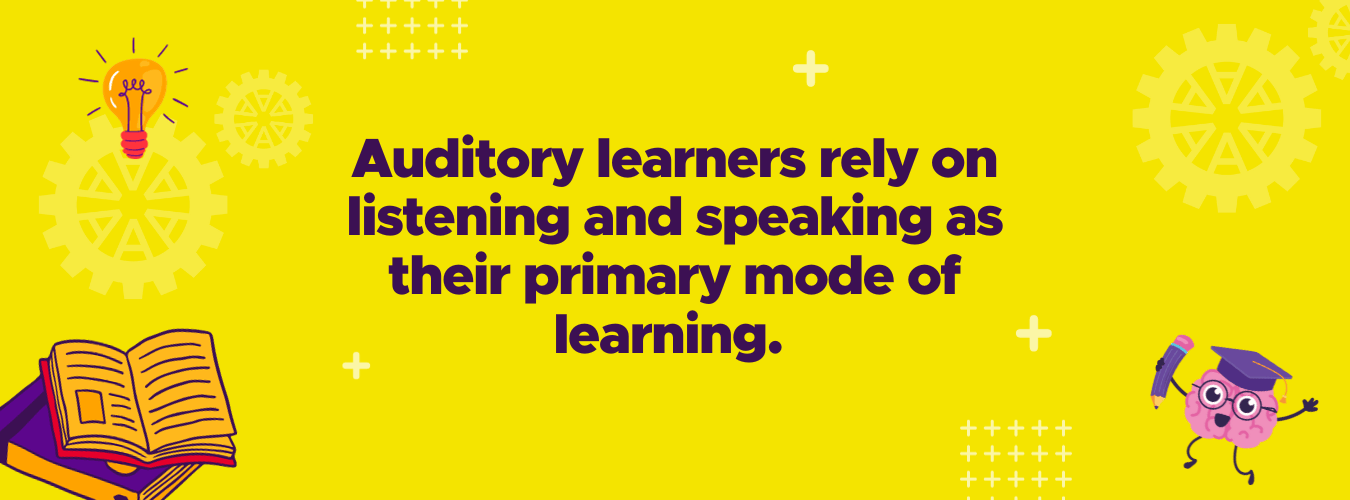
The Empowering Role of Identifying Learning Styles
Exploring the intricacies of individual learning styles not only enables parents and educators to customise educational experiences but also deepens their understanding of each learner's unique cognitive processes. By appreciating the specific strengths and preferences of visual learners, educators can craft immersive learning environments where abstract ideas come to life as tangible realities, promoting profound comprehension and engagement.
Likewise, auditory learners benefit from encouraging discussions and repetition, enhancing understanding and nurturing a passion for learning through the rhythmic beauty of spoken words. Moreover, kinaesthetic learners thrive when engaged in hands-on activities, transforming classrooms into vibrant hubs of exploration. In these dynamic settings, learning is not just observed and heard but also felt, creating a comprehensive and lasting educational impact.
Creative Strategies for Optimal Learning
Equipped with knowledge about your child's learning style, a realm of creative possibilities in education unfolds. For visual learners, the act of crafting visually captivating learning materials turns ordinary studying into an artistic adventure.
Auditory learners thrive through engaging discussions and mnemonic devices, while verbal learners transform abstract concepts into memorable tunes. On the flip side, kinaesthetic learners flourish during interactive experiments and tangible objects, where learning isn't just seen and heard but also felt.
Consider the importance of reading, writing, and spelling exercises, integral components of a child's educational journey. A visual learner might derive pleasure from creating vibrant posters adorned with words, transforming their space into a canvas of language.
For an auditory learner, participating in lively spelling bees could transform words into melodious notes. Meanwhile, kinaesthetic learners might delight in the tactile experience of arranging Scrabble pieces, turning the learning process into an engaging, hands-on game.
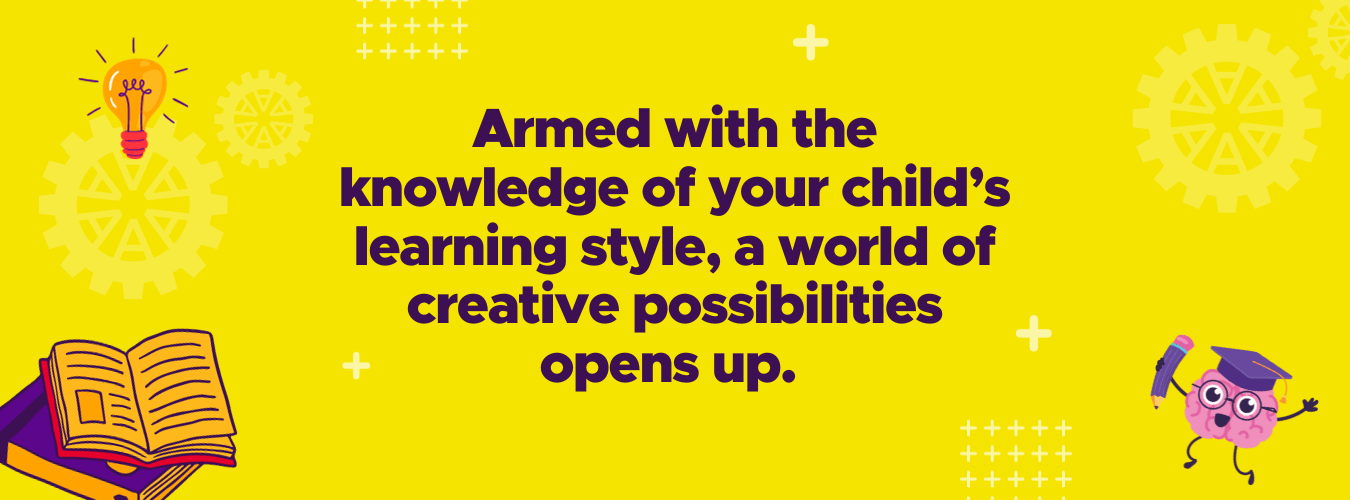
Fostering a Supportive Learning Ecosystem
The exploration of learning styles goes beyond the confines of home; it resonates within the revered walls of the school. Equipped with knowledge about your child’s learning preferences, don’t hesitate to engage with teachers. Sharing this invaluable information not only customises classroom experiences but also enhances the entire educational journey.
Teachers, recognising and valuing proactive parental engagement, can utilise this insight to seamlessly integrate various teaching methods catering to the four learning styles. This harmonious blend ensures that every child's distinct needs are not only acknowledged but also met effectively.
Learning at NumberWorks’nWords
At NumberWorks'nWords, all our tutoring programs are customised to each student's needs, strengths and weaknesses to ensure we are focusing on what the child needs help with the most. Our maths and English tuition programs are designed to help young learners build confidence and results, enabling them to reach their full potential.
Contact your local centre to book a free assessment and learn more about their personalised, engaging, and fun tuition programs.




